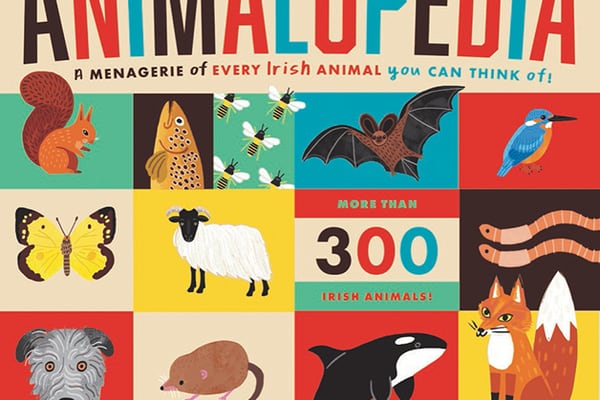Polymer and metal samples developed in a lab at Dublin City University (DCU) will launch for the moon on Thursday, aboard a new lunar rover to study the way moon dust sticks to different surfaces.
The samples were produced in the DCU School of Chemical Sciences. They were affixed to the wheel of the Rashid Lunar Rover which is travelling with the Japanese-led HAKUTO-R Mission 1 lunar lander, the first spacecraft of its type funded and built by a private firm.
The lander will be aboard a SpaceX Falcon 9 rocket scheduled for Thursday, 1st December at 8.39am Irish time from Cape Canaveral Space Force Station, Florida.
The aim of the mission is to study the adhesion of moon dust on to different surfaces using a high resolution camera to gain an understanding on how it can be reduced.
READ MORE
Moon dust is very sharp, dry and fine, and difficult to reproduce on Earth.
It can interfere with electronics and how gaskets and seals work, and can be abrasive.
On the airless moon, solar wind constantly blasts the surface, imparting an electrostatic charge to the fine-grained dust.
This charge causes the dust to stick to everything – from astronauts’ boots to gloves, suits, cords, tools, and more.
Dr Susan Kelleher said her team were “proud that the surfaces we developed here in the lab at DCU will be the first Irish samples on the moon since the 1970s”.
“This project will help us to understand how we can solve the sticky problem of moon dust for future human or robot explorers on the moon,” she said.
“Working with these types of materials teaches us even more about developing new surfaces that can kill bacteria, which will have applications here on Earth, for example, in healthcare settings and in the International Space Station too.”
Eight sample surfaces, a combination of polymer and metal samples with micro- and nano-scale patterns on their surface as well as unpatterned control samples, were prepared for the lunar rover in the labs at DCU last year with the help of funding from both Science Foundation Ireland and the Irish Research Council.
After testing to ensure they can withstand harsh launch conditions, the samples are now set to launch to the moon.















